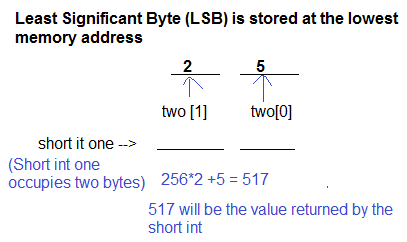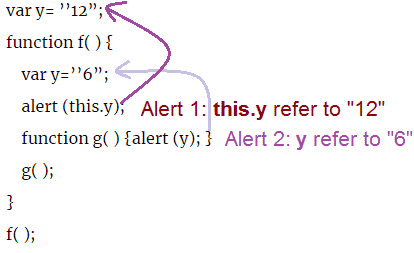Question 16
Answer : (3) Q and R only
16. Coupling is a measure of the strength of the interconnections between
software modules. Which of the following are correct statements with respect to module
coupling ?
P : Common coupling occurs when one module controls the flow of another module by passing it information on what to do.
Q : In data coupling, the complete data structure is passed from one module to another through parameters.
R : Stamp coupling occurs when modules share a composite data structure and use only parts of it.
Code :P : Common coupling occurs when one module controls the flow of another module by passing it information on what to do.
Q : In data coupling, the complete data structure is passed from one module to another through parameters.
R : Stamp coupling occurs when modules share a composite data structure and use only parts of it.
Answer : (3) Q and R only
| Previous | Next |
| UGC NET CS 2018 July - II Question 15 | UGC NET CS 2018 July - II Question 17 |






-
Common coupling
-
Data coupling
-
Stamp coupling (data-structured coupling)
From above definations for common coupling, data coupling and Stamp coupling we can conclude that given the statement P is not correct defination for the commom coupling.Common coupling is said to occur when several modules have access to the same global data. But it can lead to uncontrolled error propagation and unforeseen side-effects when changes are made.
Data coupling occurs when modules share data through, for example, parameters. Each datum is an elementary piece, and these are the only data shared (e.g., passing an integer to a function that computes a square root).
Stamp coupling occurs when modules share a composite data structure and use only parts of it, possibly different parts (e.g., passing a whole record to a function that needs only one field of it).
-
Statement P is not correct
-
Statement Q is correct
-
Statement R is correct
So, Option (3) is correct answer.Reference : Types of coupling